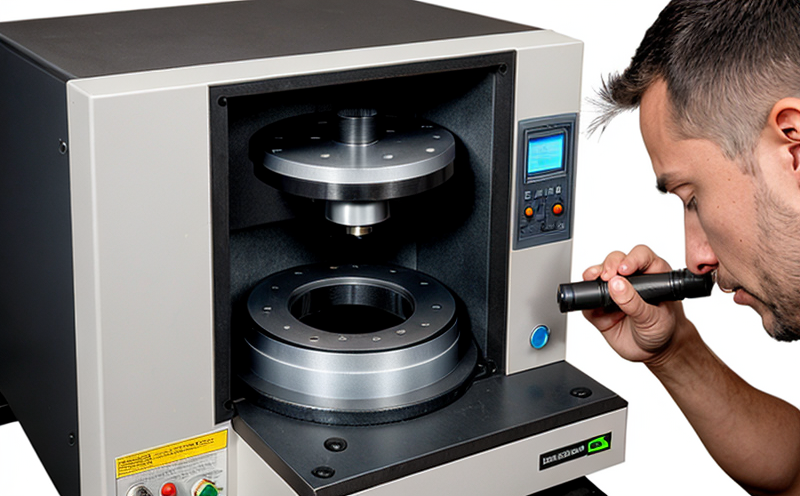ISO 643 Austenitic Grain Size Determination in Steel
The ISO 643 standard is widely recognized for its method of determining the grain size of austenitic steels. This testing procedure is critical for ensuring that manufactured parts meet specification requirements and are fit for their intended applications.
Grain size plays a pivotal role in the mechanical properties of materials, including strength, ductility, and toughness. In the context of additive manufacturing (AM) and 3D printing processes, achieving the correct grain structure is especially important due to the unique microstructural features that can arise from these technologies.
The process involves preparing a specimen by cutting it into a suitable size and shape, followed by etching to reveal the grain boundaries. The grains are then examined under a microscope using standardized evaluation techniques as described in ISO 643. This method allows for precise quantification of grain growth during heat treatment or other processes.
Understanding the grain structure is essential for optimizing manufacturing parameters, ensuring product consistency, and meeting industry standards. In AM applications, achieving consistent grain size across a part can enhance its overall performance by minimizing stress concentrations and improving fatigue resistance.
The test involves several key steps: sample preparation, etching, imaging, and analysis. Sample preparation is critical as it directly affects the quality of the final results. Proper etching techniques are essential to ensure that grain boundaries are clearly visible for accurate measurement. Imaging typically uses polarized light microscopy (PLM) or transmitted light microscopy (TLM).
The standard defines a set of reference micrographs and compares them with the sample's microstructure to determine the grain size according to predefined criteria. This comparison is made using a calibrated grid superimposed on the image, which helps in quantifying the grain sizes accurately.
For additive manufacturing processes like laser powder bed fusion (LPBF) or electron beam melting (EBM), achieving uniform grain structure can significantly impact the mechanical properties of the final product. Inconsistent grain size distribution can lead to variations in strength and ductility, which is why such testing is crucial.
| Standard | Description |
|---|---|
| ISO 643 | Grain size of austenitic steels - Method of evaluation by comparison with standard reference microstructures. |
Applied Standards
The primary standard used in this testing is ISO 643, which provides a method for determining the grain size of austenitic steels by comparing their microstructures with reference standards. This standard ensures consistency and reliability across different laboratories and regions.
Why Choose This Test
- Achieve compliance with international standards for grain size determination in austenitic steels.
- Ensure consistent quality of parts manufactured via additive manufacturing and other heat treatment processes.
- Identify potential issues early in the production process to prevent costly rework or scrap.
- Optimize manufacturing parameters for consistent grain size distribution, enhancing product performance and reliability.
International Acceptance and Recognition
The ISO 643 standard is globally recognized and widely accepted in the industry. Its use ensures that results are consistent across different laboratories and regions, facilitating international trade and collaboration.
This standard plays a crucial role in ensuring that manufacturers can produce parts that meet stringent quality requirements. By adhering to this standard, companies can demonstrate their commitment to excellence and reliability, which is increasingly important in the global market.





